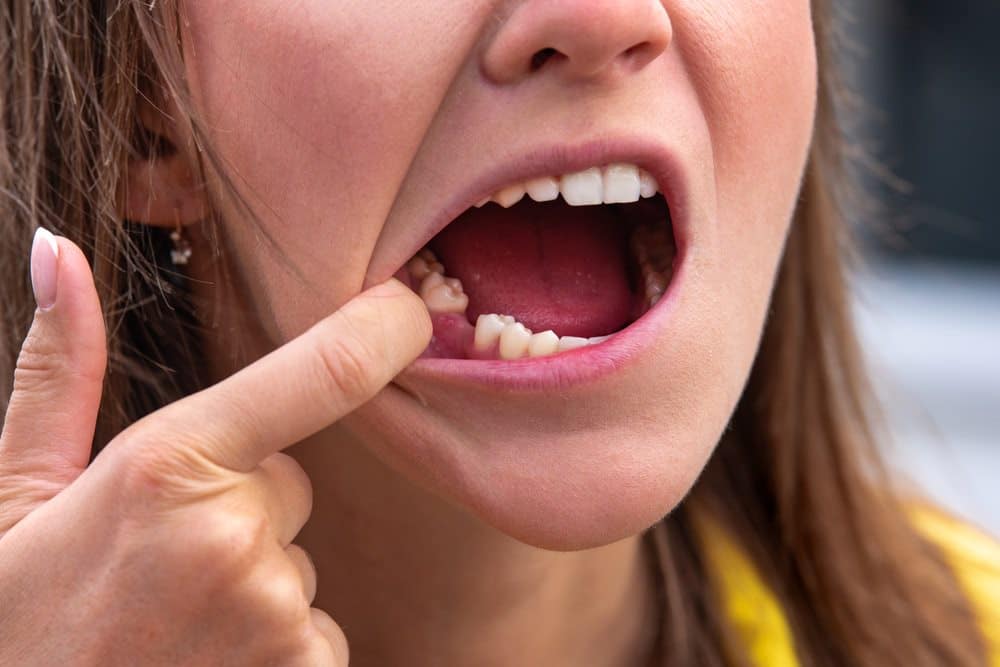Tooth Extraction Healing: The White Stuff One Week After
Undergoing a tooth extraction can be a daunting experience, but understanding the normal healing process can help alleviate any concerns. One of the most common questions patients have is about the white stuff that appears in the extraction site during the healing process. In this comprehensive article, we will explore the significance of the white material and what to expect during the first week of tooth extraction healing.
The Healing Process After Tooth Extraction
When a tooth is extracted, the body initiates a natural healing process to close the empty socket and repair the affected area. This process typically follows a predictable timeline:
- Day 1-3: Immediately after the extraction, a blood clot forms in the socket to stop the bleeding. The area may appear swollen and slightly discolored.
- Days 4-7: The blood clot matures, and the socket begins to fill with granulation tissue, which appears as a white or yellowish material.
- Days 8-10: The granulation tissue continues to develop, and the socket starts to close as the gum tissue grows over the extraction site.
- Days 11-14: The socket is mostly closed, and the gum tissue has healed significantly. Some minor swelling or discoloration may still be present.
- Weeks 2-4: The extraction site continues to heal, and the gum tissue returns to its normal color and appearance.
The White Stuff: Granulation Tissue
The white or yellowish material that appears in the extraction site during the first week of healing is typically granulation tissue. Granulation tissue is a type of fragile tissue composed of:
- Blood vessels: These vessels help bring oxygen and nutrients to the area to support healing.
- Collagen: Collagen is a protein that provides structure and strength to the tissue.
- White blood cells: These cells help fight off any potential infection and promote healing.
Granulation tissue is a normal and essential part of the healing process, as it helps to fill the empty socket and prepare the area for the final stages of healing.
Distinguishing Granulation Tissue from Other Conditions
While the presence of white material in the extraction site is usually a sign of healthy healing, it’s important to be able to distinguish granulation tissue from other potential issues:
- Dry Socket: A dry socket occurs when the blood clot in the socket becomes dislodged or fails to form properly. This can lead to exposed bone and severe pain. Dry sockets are typically more painful and may have a foul odor.
- Infection: In some cases, the white material may be a sign of an infection, which can be accompanied by symptoms such as persistent pain, swelling, redness, and a foul taste or odor.
- Retained Surgical Packing: If the dentist used a small piece of gauze or other surgical packing material to help control bleeding, it may become visible as a white or off-white material in the socket.
If you have any concerns about the appearance of the extraction site or are experiencing significant pain or other symptoms, it’s important to contact your dentist for an evaluation.
Caring for the Extraction Site During the First Week
To promote proper healing and prevent complications, it’s important to follow your dentist’s instructions for caring for the extraction site during the first week:
- Avoid Disturbing the Clot: Be gentle when brushing and flossing, and avoid rinsing vigorously or using a straw, as these actions can dislodge the blood clot.
- Maintain Oral Hygiene: Gently brush and floss the surrounding teeth, but avoid the extraction site. You can also use a saltwater rinse to keep the area clean.
- Manage Pain and Swelling: Over-the-counter pain medications and ice packs can help alleviate discomfort and reduce swelling.
- Eat Soft, Nutritious Foods: Stick to a diet of soft, cool foods, such as soups, smoothies, and yogurt, to avoid irritating the extraction site.
- Avoid Smoking and Alcohol: Smoking and alcohol can interfere with the healing process and increase the risk of complications.
Conclusion
The presence of white material, or granulation tissue, in the extraction site during the first week of healing is a normal and expected part of the tooth extraction recovery process. By understanding the timeline of healing and the role of granulation tissue, patients can feel more confident in their recovery and know when to seek medical attention if any issues arise.
FAQ
- What is the white stuff that appears in the extraction site during the first week?
- The white or yellowish material that appears in the extraction site is typically granulation tissue, which is a normal and essential part of the healing process.
- How long does it take for the extraction site to fully heal?
- The extraction site generally takes 2-4 weeks to fully heal, with the most significant changes occurring in the first 1-2 weeks.
- How can I distinguish granulation tissue from other conditions, such as a dry socket or infection?
- Granulation tissue is usually not painful and does not have a foul odor, unlike a dry socket or infection. If you have significant pain, swelling, or other concerning symptoms, contact your dentist.
- What can I do to promote proper healing of the extraction site during the first week?
- Avoid disturbing the blood clot, maintain gentle oral hygiene, manage pain and swelling, eat soft foods, and avoid smoking and alcohol.
- When should I contact my dentist if I have concerns about the healing process?
- If you experience persistent pain, swelling, redness, a foul taste or odor, or any other concerning symptoms, it’s important to contact your dentist for an evaluation.
Relevant Information
| Topic | Link |
|---|---|
| Tooth Extraction Healing | https://www.cdc.gov/oralhealth/basics/adult-oral-health/tooth_extraction.htm |






More Stories
Where to Watch USMNT vs Jamaica National Football Team
How I Met My Monster
How Should a Ring Fit